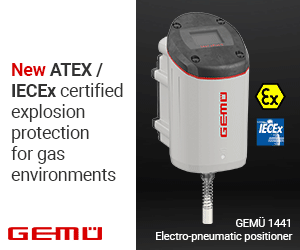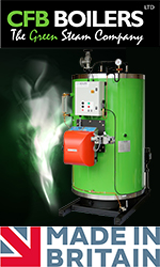Using powder rheology to advance additive manufacturing (AM)
New case studies from Freeman Technology demonstrate the value of powder rheology for optimizing the manufacture, re-use, and rejuvenation of feedstocks for AM. For AM pioneers dynamic powder properties are already an established element of robust metal and polymer powder specifications. A substantial body of work now offers valuable guidance for others seeking to adopt this powerful technique.
The application of AM is growing rapidly, in industries as diverse as aerospace and automotive, energy and medical. The consistent manufacture and robust specification of feedstocks is critical for commercial success, to secure reliable powder supply chains and to develop new materials for printing. Optimizing manufacturing processes, choosing between supplies, establishing effective powder recycling strategies, and selecting the best material for a specific application all rely on understanding which properties define performance. Bulk flow properties are important within this context. They impact powder discharge from the feed hopper into the process and spreadability, the ease and consistency of powder dispersion across the build platform. Powder flowability can also directly influence the quality of finished components.

The FT4 Powder Rheometer® from Freeman Technology, the global leader in powder characterisation technology, is an established and valuable tool for testing powders for AM, or 3D printing, from metals and polymers through to pharmaceutical formulations. By using it to measure bulk powder properties, notably flowability via dynamic testing, AM users are developing better raw materials, increasing throughput and improving print product quality. Sharing these success stories enables others to reap similar rewards.
Download ‘Applications of the FT4 Powder Rheometer® in Additive Manufacturing – Part 2’ for the very latest case studies which include work on how to optimize gas atomization conditions for metal powder production, the effect of powder re-use and investigations of a novel powder rejuvenation process. Alternatively, for a deeper dive, read ‘Powder Flow Testing for Additive Manufacturing’. Written in clear, easy-to-understand language, this eBook covers topics such as:
- Which powder properties are most relevant to AM performance and why?
- The strengths and limitations of different techniques for powder flow measurement.
- The benefits of multi-faceted powder testing, via a series of case studies from in-house research and industrial collaborations.




























































































































